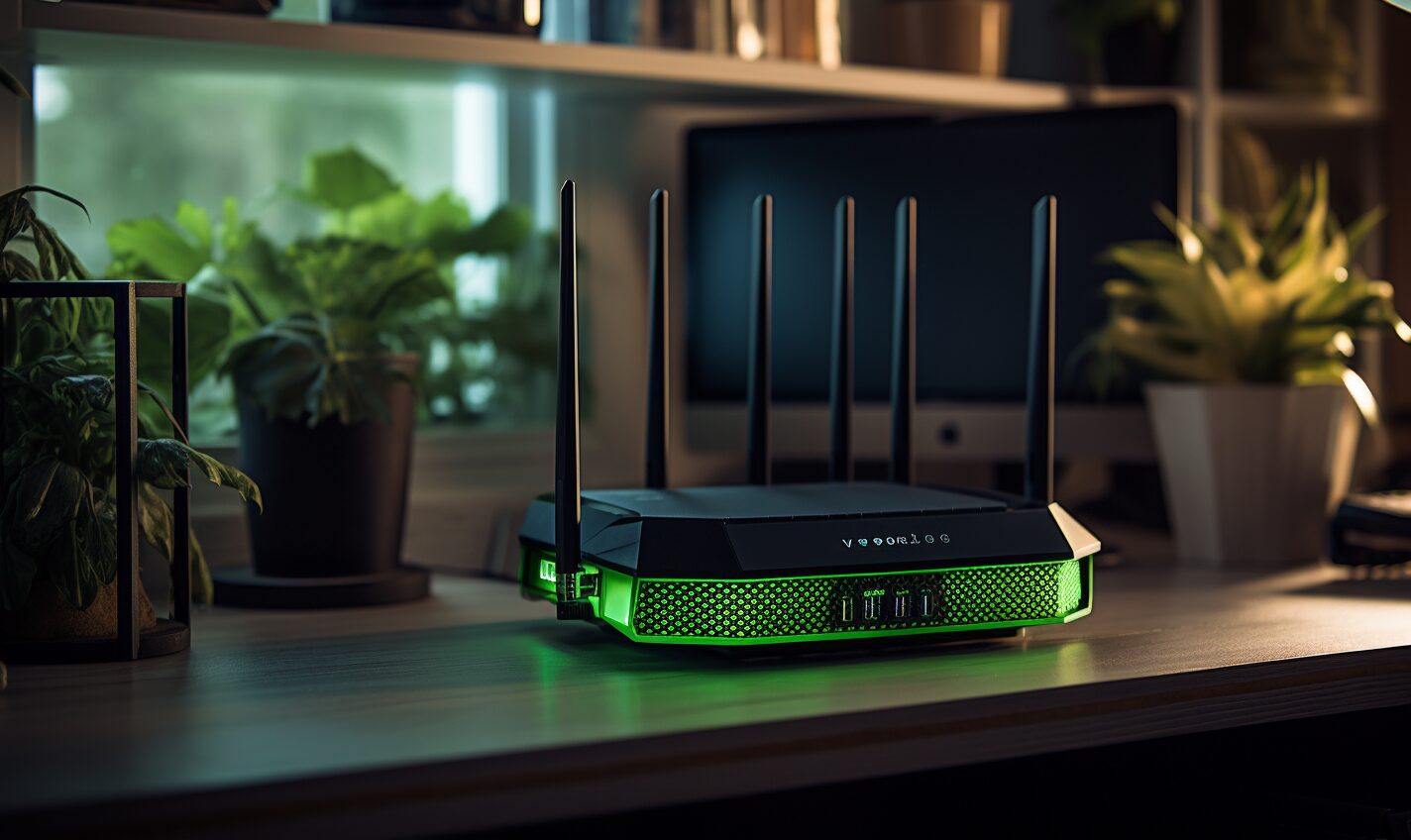What Are the Cheapest Ways to Get High-Speed Internet?

Are you looking for the cheapest ways to get high-speed internet?
No one wants to overpay for products or services. Besides food, shelter and water, we spend our money on many things — insurance, utilities, entertainment — you name it. As of 2020, more than half of the global population was connected to the internet using Wi-Fi. In just the U.S., over 85% of Americans have internet access.
Wi-Fi may be another bill that piles up at the end of the month, but how much is reasonable to spend? Determining how much to spend on Wi-Fi depends on a few factors. The number of people in your household and how many devices connect you to the Internet play the most significant role.
As you buy more devices, it may be necessary for you to upgrade your plan to handle the extra data usage. If you sell your extras and only have a phone, you may be able to downgrade and save some cash.
Below are some steps to take to have the best of both worlds: cheap and fast Internet.
Review Your Current Plan
Before calling up your Internet service provider (ISP) and demanding a negotiated price, there are a few steps you can take to improve your current plan’s speed.
It’s essential that you first take a look at your monthly internet bill. It will provide you with more information about the service you receive and how much you’re paying for it.
Here are some questions you can ask yourself when looking at your bill:
- How much is my current plan?
- What services are included?
- Do I need all these services?
Reviewing your plan allows you to see a breakdown of what exactly you’re paying for, making it easier to understand where you can cut costs.
Run an Internet Speed Test
It’s helpful to test your internet frequently, especially if you’re looking for ways to save on your plan. Doing this only takes a minute or two and provides valuable insights that will help determine your next steps.
To do this, plug the phrase “internet speed test” into your preferred search engine. Results will show multiple websites that can test your speed.
Before running your test, disconnect both your modem and router for 10 seconds. This will refresh the system so there are no disruptions. Run your test and review your results. You should have an upload and download speed and how many megabits per second (Mbps).
After testing, you’ll be able to know if you’re paying for extra Mbps.
For some context, the FCC recommends 25 Mbps for someone using a couple of devices. As the number of connected items increases, the more Mbps you will need.
Once you know how many devices are in your household, you can estimate how many Mbps would suit your needs. Large families with multiple devices should aim for between 100-200 Mbps to handle data usage.
Cutting Internet Costs in Your Home
While it’s a feasible option to call your provider to discuss your services, take these two steps first to cut Wi-Fi costs:
1. Buy a Modem and Router
Many internet providers want you to use their hardware. By doing this, they can get away with charging you a rental fee. Rather than pay monthly to use their modem and router, consider buying your own. If you ever switch providers, you can use your own hardware to set up your new service. It’s a win-win!
2. Bundle Your Services
If you have internet access at home, you likely have cellphones and cable television as well. Providers will offer bundles so you can pay one price for all three services. However, be aware that some ISPs will only provide a bundle with pricing increases, and the goal here is to lower your overall spending.
Suppose you’ve exhausted the options we’ve covered so far. In that case, the next step is to contact your internet service provider or think about finding a new one.
Cheapest Internet Plans
Some popular brands offer Wi-Fi packages that give you a high speed for a low price. Keep in mind that these prices do not include all fees and taxes that the provider will charge:
- AT&T: $35/month for 300 Mbps
- Spectrum: $49.99/month for 100 Mbps
- Verizon: $39.99/month for 200 Mbps
- Xfinity: $29.99/month for 100 Mbps
- Cox: $29.99/month for 25 Mbps
There are always providers willing to help you upgrade, but if you’re looking for ways to save money on your Wi-Fi, you may need to change companies or negotiate to lower your price.
There’s no guarantee that contacting your provider will lead to a decrease in price, but it’s certainly worth trying. Companies are willing to be flexible if it means keeping you as a valued customer. Make sure you’re respectful and patient when calling.
So, What Are the Cheapest Ways to Get High-Speed Internet?
Due to competition, it’s typical for ISPs to raise the price you pay annually. With inflation and competition increasing, companies still need to profit. As mentioned above, you have the freedom to switch providers if you can’t afford or don’t want to pay the price yours charges.
When thinking about your Wi-Fi package, one thing to keep in mind is that not all providers offer services in your area. Consider researching the providers available to you online and comparing their lowest plans. This way, you can save money but still get high-speed internet.